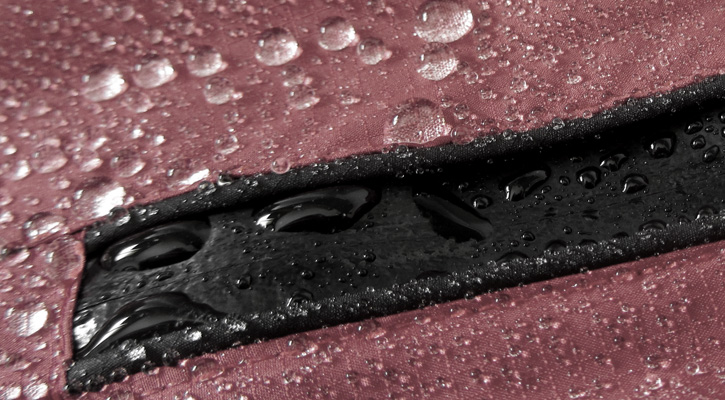
Choosing the right material for outdoor clothing can make a big difference in comfort and performance.
Cotton and nylon are two popular options, each with its strengths.
Nylon is often better for outdoor clothing because it is lightweight, durable, and water-resistant. This makes it great for activities where you might get wet or need extra protection against the elements.
Cotton has its advantages, too. It’s soft, breathable, and feels nice against the skin. This makes it suitable for casual wear or less intense outdoor activities. Cotton absorbs moisture, which can be a drawback if you’re sweating or caught in the rain, but it’s perfect for a sunny, dry day.
You need to think about your specific needs when deciding between the two.
If you’re hiking in unpredictable weather, nylon might be your best bet. For a lazy afternoon picnic, cotton could be just what you need to stay comfortable and cool.






